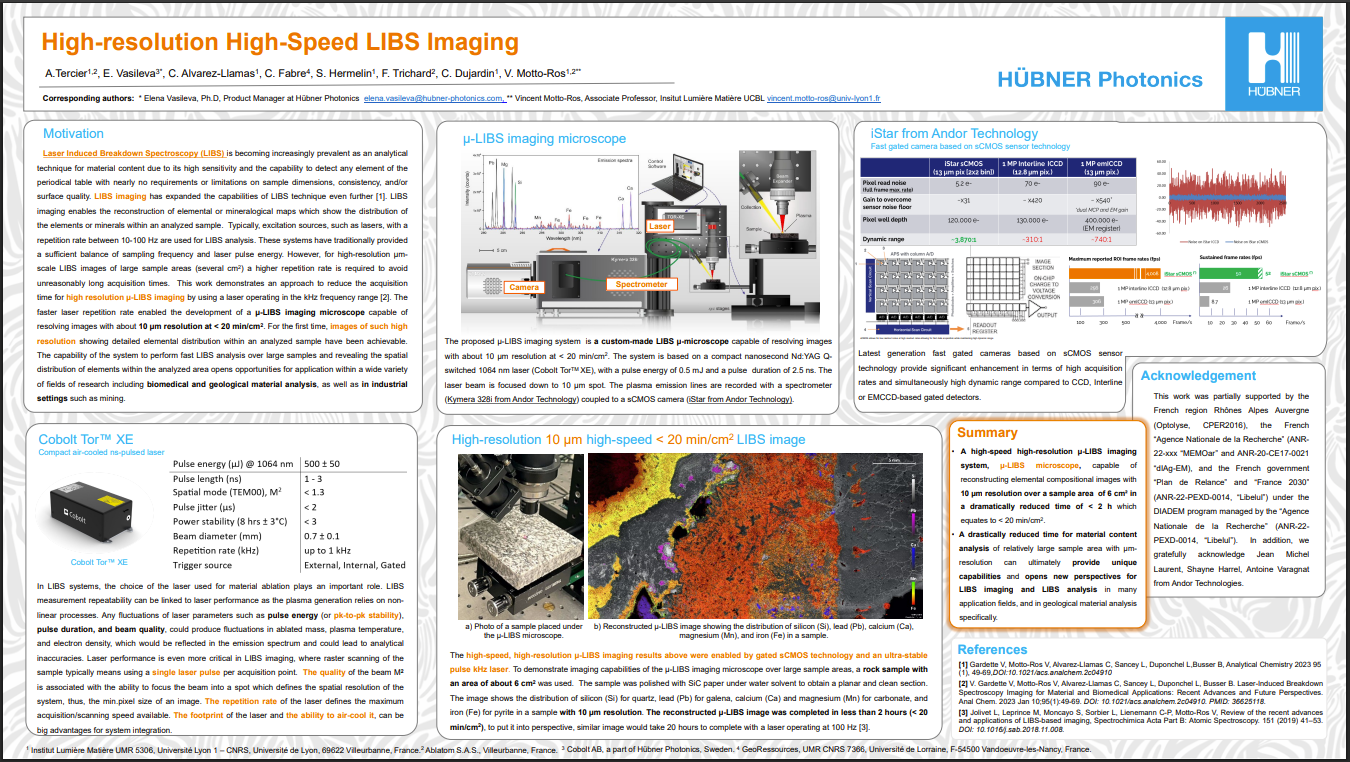Knowledge Bank
Welcome to the HÜBNER Photonics Knowledge Bank! This resource hub is designed to provide valuable insights, technical information, and expert guidance on a wide range of photonics technologies and applications. Whether you’re looking for detailed product manuals, scientific papers, webinars, or technical articles, our Knowledge Bank offers a comprehensive collection of materials to support your understanding and enhance your work in the field of photonics.
Explore our resources and deepen your expertise today!
Raman Spectroscopy
Quantum Technology
Fluorescence Microscopy
Flow cytometry
Brillouin Light Scattering Spectroscopy
Terahertz
Laser technology
Multiphoton Microscopy
More resources
Explore our Publications for practical insights on how our customers are leveraging the power of our lasers in their projects.
Customer publications
Application: Holography
Product line: Cobolt
Wavelength: 405 nm
Cloud Measurement with SmHOLIMO Holographic Imager
SmHOLIMO (Small Holographic Imager for Microscopic Objects), a cutting-edge holographic imager designed for high-resolution in situ measurements of cloud droplets.
Read summary of article "Cloud Measurement with SmHOLIMO..."
Our publications
Application: LIBS
Product line: Cobolt
Wavelength: 1064 nm
High-resolution High-Speed LIBS Imaging
This work demonstrates an approach to reduce the acquisition time for high resolution µ-LIBS imaging by using a laser operating in the kHz frequency range.
Read summary of article "High-resolution High-Speed LIBS..."
Customer publications
Application: LIBS
Product line: Cobolt
Wavelength: 1064 nm
Denoising Approaches in LIBS Imaging
The researchers evaluate and compare 5 denoising methods with the objective of enhancing SNR (signal-to-noise ratio) in fast μLIBS imaging.




